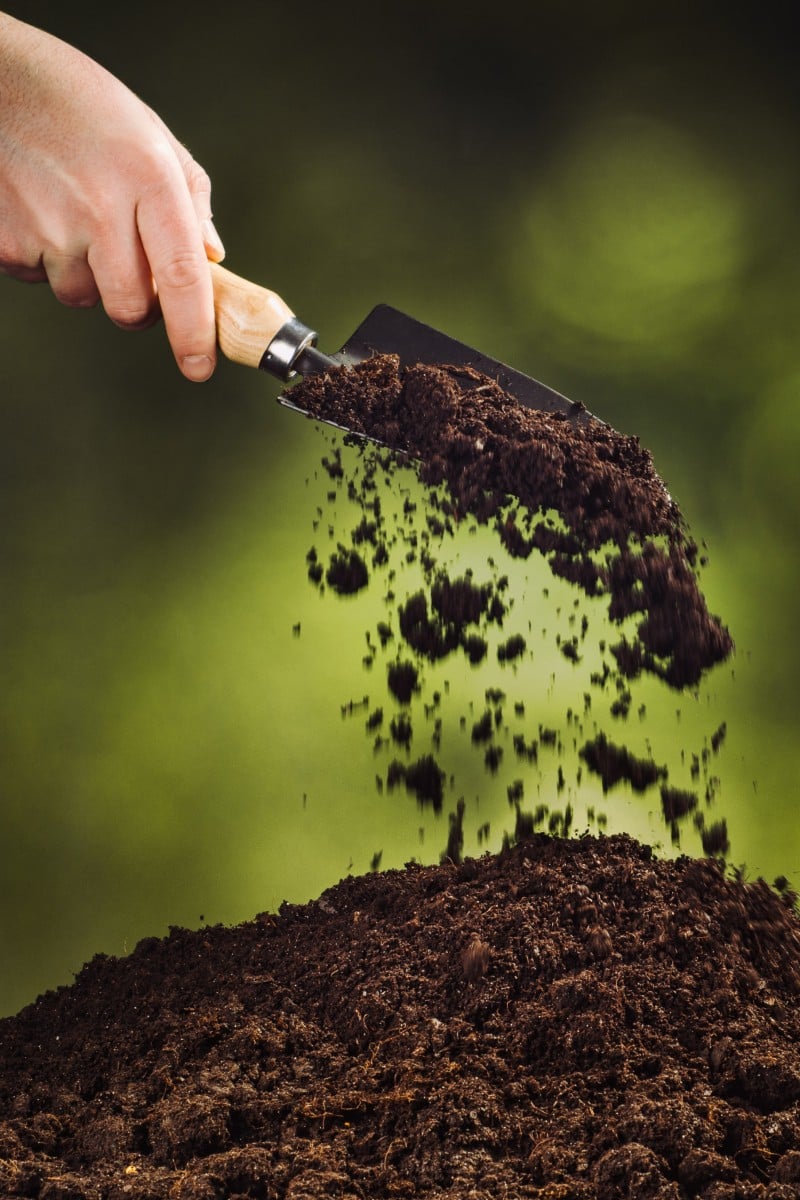
Waste not, want not? Why farmers in Japan are returning to ‘fertiliser from a person’s bottom’
- Made from a combination of treated sewage sludge from septic tanks and human waste from cesspits, ‘shimogoe’ is cheaper and better for environment
- Interest in reviving traditional practice was low until Russian invasion of Ukraine, which sent the cost of chemical alternatives soaring
 A new type of fertiliser really isn’t that new at all. Photo: Shutterstock
A new type of fertiliser really isn’t that new at all. Photo: ShutterstockIt’s cheap, recycled, and has centuries of tradition: shimogoe or “fertiliser from a person’s bottom” is finding new favour in Japan.
As in several parts of the world, the use of “night soil” to fertilise crops was once common in Japan. However, the advent of sewage systems and treatment facilities, as well as chemical fertilisers, saw it fall out of fashion.
About a decade ago, Japanese treatment facilities wondered if they could revive interest to avoid sewage sludge disposal – a costly and potentially environmentally damaging process. But enthusiasm was limited until Russia’s invasion of Ukraine sent the cost of chemical fertilisers soaring.
Have researchers finally found an antidote to doom by mushroom?
That has been a bonanza for a facility in northern Japan, where sales of shimogoe were up 160 per cent year-on-year by March 2023. For the first time since the city began producing the fertiliser in 2010, it has sold out.
“Our fertiliser is popular because it is cheap, and it is helping farmers cut soaring costs,” said facility vice-president Toshiaki Kato. “It is also good for the environment.”
Made of a combination of treated sewage sludge from septic tanks and human waste from cesspits, the fertiliser sells for 160 yen (HK$8) per 15kg. That’s about a tenth of the price of products made from imported raw materials.
In the United States, there have been recent concerns about the levels of so-called forever chemicals, or PFAS, in fertiliser made from sewage. An environment ministry official said similar concerns had not been reported in Japan, but noted there are no current guidelines for PFAS levels in soil.
“We’re in the process of developing a scientifically reliable way to measure PFAS and studying how to regulate it,” he said.
The smell is another problem farmers have to deal with. Nobuyoshi Fujiwara, who runs a lettuce farm in Yokosuka, started using shimogoe last year because he wanted to cut costs and for the social good of recycling waste.
“We can’t use it in fields near houses because there are complaints about the smell. Also, you have to spread four or five times the volume that you use with regular chemical fertilisers,” the 41-year-old explained.
Examining the periodic table of elements and how they build life – and our bodies
That’s the case for any type of manure, but it can be a turn-off for some farmers because it is more work.
He concedes that the fertiliser faces something of a branding issue. “The Chinese characters that are used for sludge – ‘dirty mud’ – are not great,” he said. “Even though we produce safe food, I imagine that for those who don’t know much about it, the impressions people have of fertiliser made from human faeces might not be good.”
He doesn’t want to hide his use of the fertiliser though. In fact, he would like to see it publicised.
“An official certification system would be helpful to promote our produce,” he said.
Agence France-Presse
Why is human waste a good fertiliser?
Fertiliser made from human faeces contains organic matter that can improve soil texture and its ability to absorb rainwater. It also contains sulphur, magnesium and some micronutrients that are essential for crops to grow well.
And it’s not just faeces. Human urine contains nitrogen and phosphorus – both key ingredients in fertilisers. According to the Rich Earth Institute, the nutrients in the urine from one adult can be used to grow 145kg of wheat.
However, human waste needs to be treated and composted carefully to avoid dangerous and harmful contamination before it can be used as fertiliser.